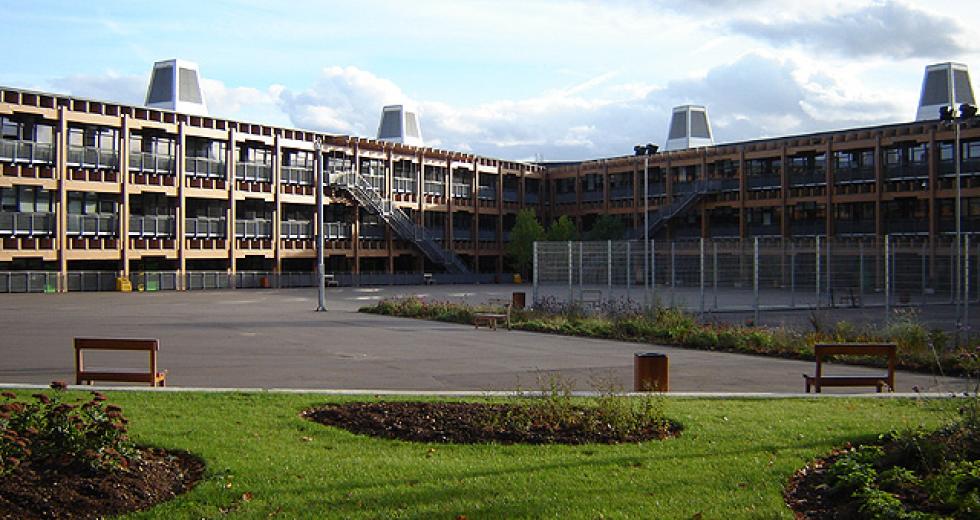
In March of last year we were all perplexed with the maddening news that the Government was proposing that all state schools in England must become an academy. This silliness was soon brought into line and we all thought we were all back to sanity. But the government’s wish at that time has not gone away. There is even talk that all schools will become academies by the year 2020. The insinuation is that, if academies are the best thing since sliced bread, then why the heavens would a school not ‘opt in’?
The big attraction for schools to convert to the academy model has always been the money. When Morley School in Leeds became an academy in 2011, it gained an additional income of £280,000 for its 1,600 students. Many a head teacher has worried about missing this gravy train and has not wanted to be the last school in the area to convert to academy status only to find there is no longer any gold left in the pot at the end of the rainbow. When most other schools in the area are converting, the question arises—why not?
Academy chains do have a reputation for having one way of doing things, and as a teacher one finds that it’s either their way or the highway. At academy schools, a strict regime is often perceived as the hallmark of a good education, and their pupils are to be controlled and demonstrate outward compliance. Within a few years of an academy chain taking over a “failing” school, all the old staff have typically left, often jumping before being pushed, as misfits in a system that requires homogeneity. The changeover in pay scales from those of local education authorities to academy chains can result in slightly lower wages for staff, and, the cynic would say, this enables an easy “restructuring” of staffing. A new breed of typically younger, keener teacher then joins, often with promotion to head of department being the carrot, happening much earlier than is common in other schools. These young thrusters take on board the ethos of raising standards through compliance and academic rigour, which is held to be the gateway to their students’ upward mobility.
Many of these academy chains have a high level of staff turnover, as many of the rules by which the school operates are not shared upfront. Some of these schools have set working hours, such as one academy school where teachers are contracted to be on site and working between 8am and 5pm each school day. Their contract also includes the stipulation that they use time out of school hours to complete any tasks that are needed, which always means marking at night and at the weekends. Teaching, although a profession that works with children, has long been known as one of the least suited professions to spending time with your own children. The old chestnut of teachers enjoying long holidays has, I think, finally been put to bed, with many people realising the hours put in both at evenings and weekends by teachers, and during some of that holiday time. Yes, we get time with our kids in the holidays, but my daughter is fully aware what a pile of books on the kitchen table means for the prospects of a weekend together.
Although there has been quite some debate over academies, no consensus has yet been reached as to whether they have to follow the National Curriculum or not. There definitely appears to be a culture whereby academic subjects are seen as the social mobility drivers that will help those from deprived areas to succeed in life “beyond their postcode”. A broad and balanced curriculum in such schools does appear to be lacking, with many an Arts subject sacrificed on the high altar of “purer” subjects. The implication and underlying philosophy is that a university education will save you from repeating the limited life options that your parents faced when leaving school.
To date, there is no substantial evidence of academies doing any better than the individual schools which they replaced. We have some clear success stories, but we have nightmare tales too of disaster and ruin for our young children. The House of Commons Education Committee concluded in January 2015, following an 18-month study, that academisation is not always successful, nor is it the only way to help a struggling school. This has also been confirmed by the Sutton Trust.
Multi-Academy Trusts (MATs) are often ventures sponsored by private companies. This has two main repercussions: a business model being used in the delivery of education in those schools, and it mainly being those from a private education background who end up deciding what the best way is to educate the pupils—even though they do not in fact share those pupils' experiences of schooling.
So a proper verdict can still not be reached on academy schools. Rather as with new wonder drugs and vaccines, we are not being given the amount of time we need to absorb and assess the long-term effects of these recent changes. It may be that in the long run, conversion to academy status will help a school turn around and go from special measures to outstanding performance. But at what cost? Is education becoming a sterile exercise in strict discipline and the worship of academics over the arts and vocational training? Can all become lawyers, accountants and doctors? Who will collect our rubbish and serve at the supermarket checkout? Foreigners? Robots? Offenders on workfare?
We were once a nation that valued all types of work for its intrinsic motivation of being of use to others and as a service to a higher good. With the five-year goal now being for all secondary school students to achieve an A+ (soon to be a level 9), the question surely is, how did we end up here?
